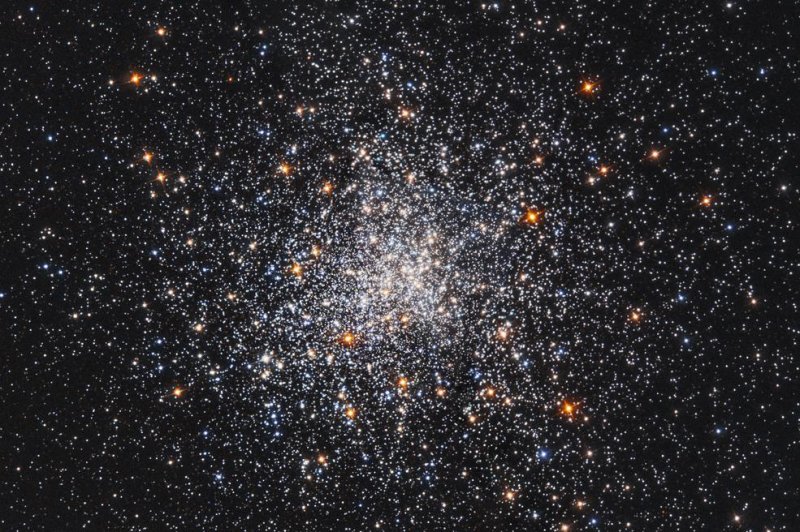Dec. 12 (UPI) -- A Hubble Space Telescope image features the star cluster Messier 79 doing its best snow globe imitation. The mass of stars is a "globular" cluster, after all.
Globular clusters are gravitationally bound collections of stars. The cluster most recently framed by Hubble's lens hosts roughly 150,000 stars -- small potatoes compared to some clusters, which can feature up to a million stars.















